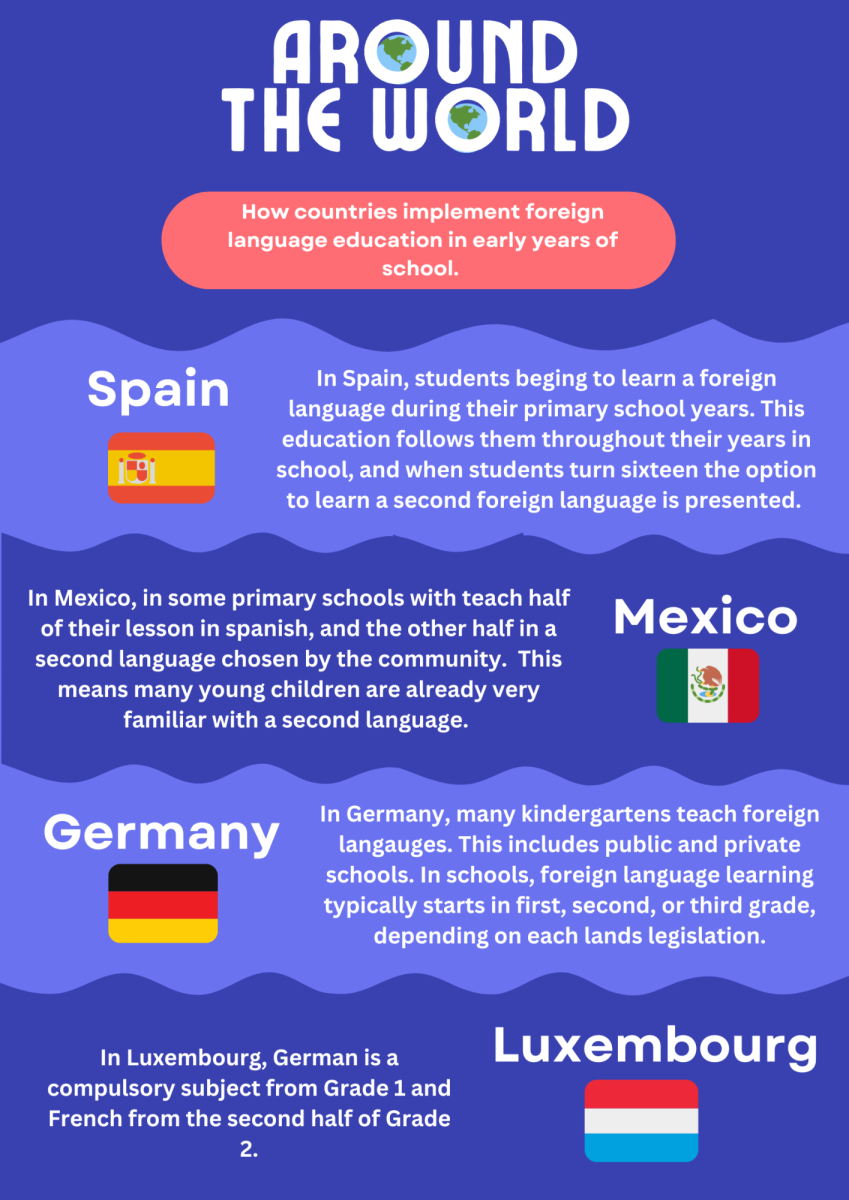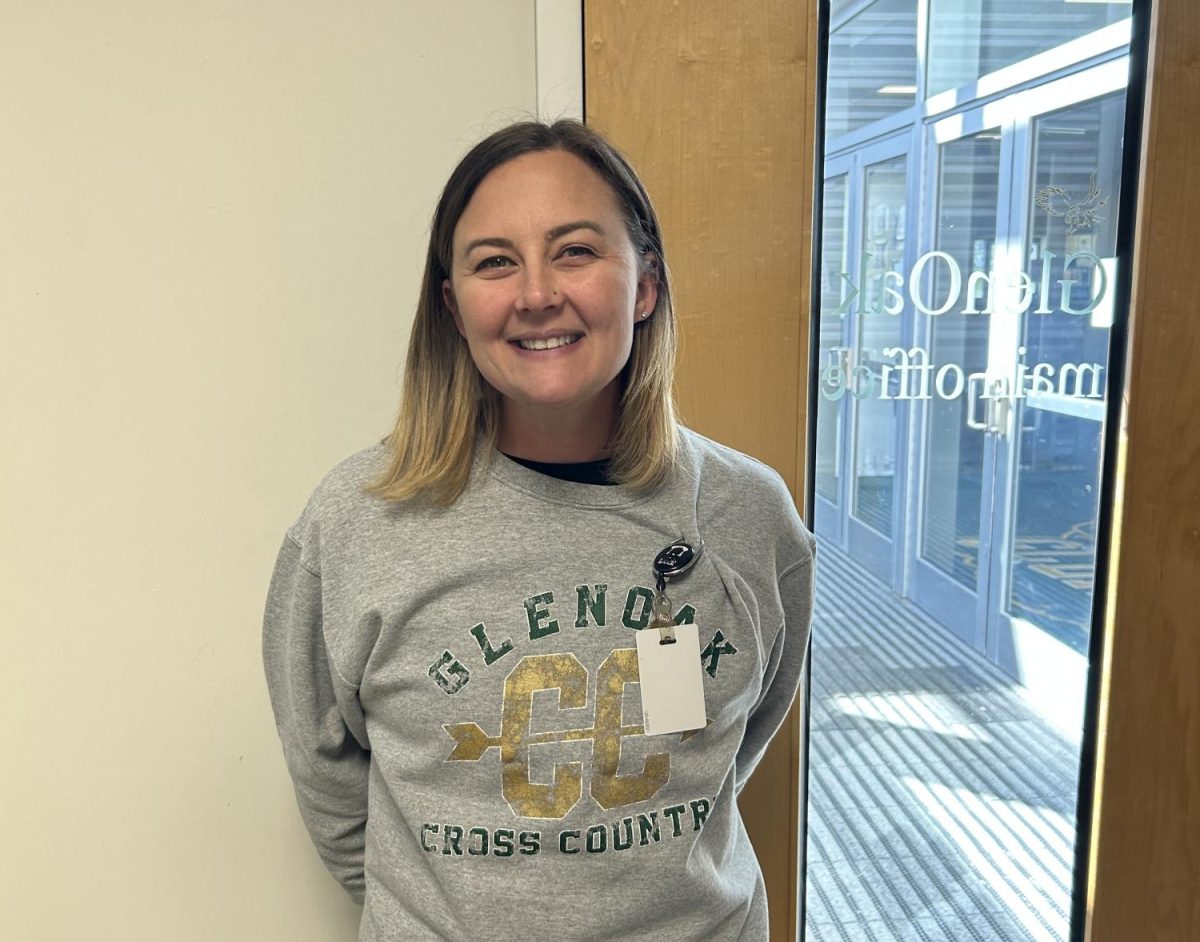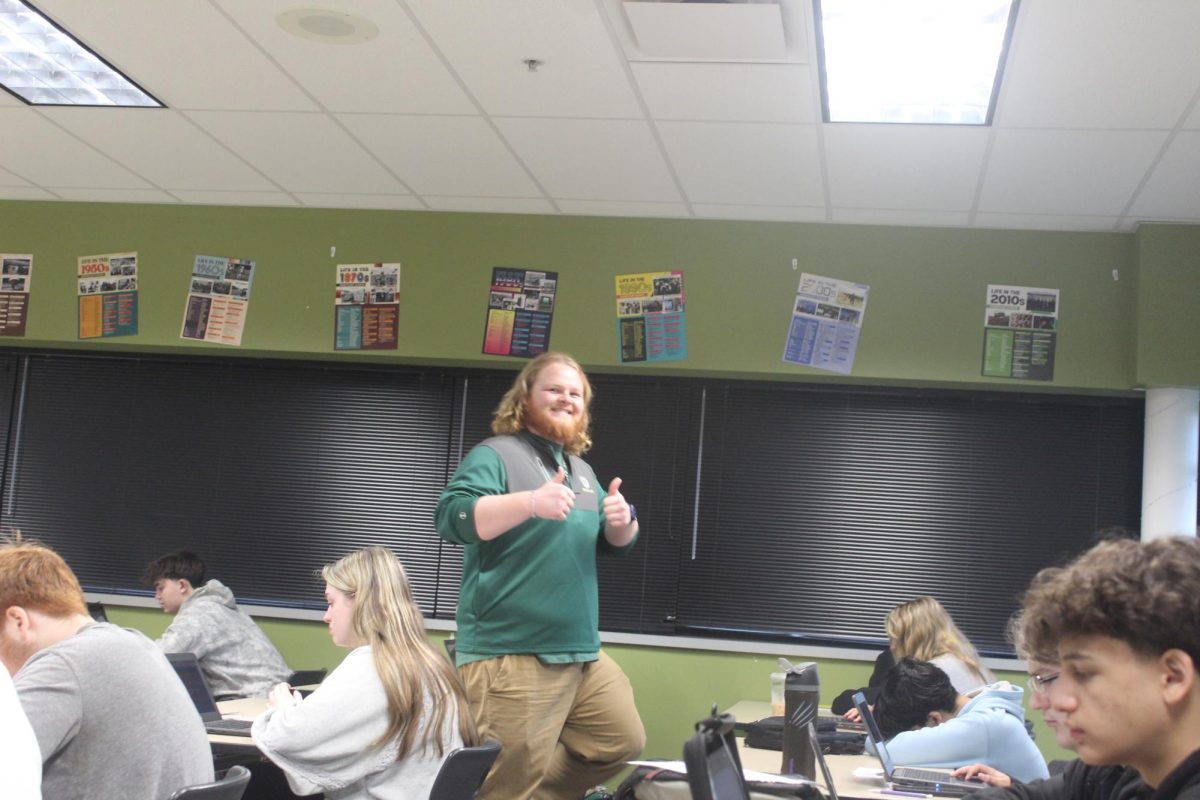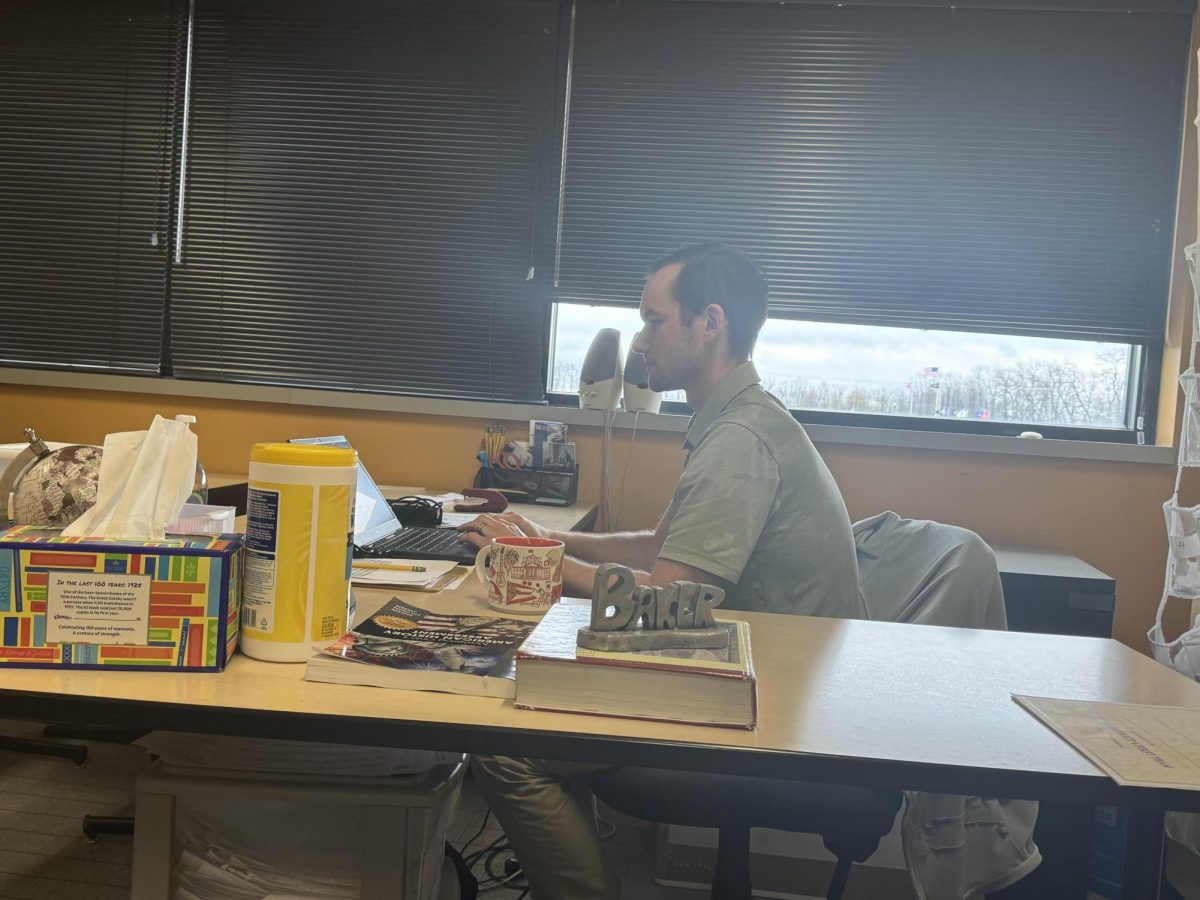While walking through the halls of Plain Local elementary schools, one can see students coloring in the art room, singing or playing instruments in a music room, or running around in the gym. Just one thing is missing.
Exposure to foreign languages.
Introducing children to different languages at an early age is crucial to the learning process, but is not often seen. Language instruction in America typically starts in middle or high school, which ignores children who are more receptive of this information at a young age.
Madame Ersing, who attended an after-school enrichment French class in fourth grade that planted the seed for her interest in languages, now teaches French 1 at GlenOak High School and Oakwood Middle School.
“In Europe, most educational systems start second language study by age 8, with some starting as young as 6,” Ersing said.
In Plain Local, language learning starts at Spanish at the intermediate level (~age 10), with French added by middle school (~age 12).
While this is an acceptable age to begin learning languages and still sets students up for success, language instruction can take place even earlier.
¨I would love to see exploratory language in elementary classrooms,¨ Ersing said.
Exploratory programs aim to introduce students to languages and cultures in a simple manner, and doing this at such a young age allows students to develop appreciation of the value of learning another language. Teaching languages to young children also helps them cultivate a passion for this knowledge in the future.
¨Younger children have fewer inhibitions and more readily learn through games, songs and other interactions,¨ Ersing said. ¨This makes language learning fun and rewarding; with a positive foundation built in younger grades, older students could then move into the technical aspects of the language with confidence.¨
Not only are younger students more likely to learn through these fun and engaging methods, they also have biological advantages.
¨Young children have the advantage of biology–their brains have more plasticity and are wired for language learning,¨ Ersing said. ¨There is research that by puberty, this plasticity has faded. The takeaway? Students would find it easier to acquire a new language earlier.¨
On top of learning the language, it is also very common for language classes to incorporate education about the culture of the people who speak that language. In an ever connecting world, introducing various cultures to children through a language class helps children respect and value different cultures, and gives them a look into how diverse the world is.
“Learning how other cultures work is so important. We take for granted that our way of doing things is natural or ´right´, but observing how other cultures do things can give us insight into the pros and cons of our own processes,” Ersing said.
It is not only important for children to learn a language to speak it, it is important for children to be able to understand and connect with those who don’t speak their first language.
¨Being able to talk to another person in their ´heart-language´–the language they learned first–is so meaningful. If someone tells you ´I love you´, we feel the thrill of those words as English speakers. But if someone tells you in French ´Je t’aime´, it doesn’t hit that primal nerve of connection in the same way in my second language.¨ Ersing said. ¨To have access to that deep level of connection is important for the people we talk to in our lives.¨
Students also find it more difficult to learn a new language once they enter high school, not just because of biology, but because of time constraints.
Many students are involved in sports, after school activities and rigorous classes. Learning a new language and all of the rules that come with it on top of these obligations can make it difficult to learn the basics in high school.
¨If we started learning a language in kindergarten or elementary, It would help with memorization. You don’t have as much going as a kid, verses when you’re older,¨ sophomore Maddy Harvey, who started learning Spanish in the 6th grade, said.
While in Plain Local languages are implemented at the intermediate, middle and high school levels, there are still improvements that can be made.
“One of the largest things I think we could do to improve language education is to make it happen every day. And every-other-day schedule is not ideal for language learning; the consistency from day to day would help,” Ersing said. “There is also the question of methodology. If we look at language as a skill to acquire rather than a subject to study, students may feel more engaged in the process.”
Engaging students from a young age sets the ground for how they will learn languages in the future. Not only will it be easier for these students to pick up more difficult language subjects, from an early on, these students will already be invested in the culture of foreign countries and their languages. Bringing simple language education to elementary schools will be very beneficial for the easiest growth of students through their educational upbringing.








